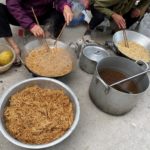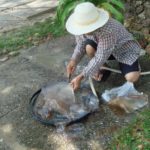Eating insects and centipedes is a long tradition in Lijiang City, in Yunnan Province, P.R. China. In addition to centipedes, other insects such as bamboo worms, silkworm pupae, and locusts are also consumed. While they are high in protein and considered delicious by locals, their appearance can be off-putting to those unfamiliar with the local culture.

The sixth national census of China, conducted in 2010, found that the Naxi people make up approximately 34% of the population of Lijiang. They are one of the largest ethnic groups in the region and have a rich cultural heritage that includes a hieroglyphic writing system and a cuisine that includes a variety of insects.
Centipede pincers and their venom
According to the information on the Wikipedia page for centipedes, see here, these predatory arthropods belong to the class Chilipoda and the order Scolopendramorpha. They are elongated, segmented creatures with one pair of legs per body segment. Notably, centipedes are the only animals that have converted their front legs into venomous pincers, which are called “Forcipule.” These pincers are capable of injecting venom and are restricted to horizontal movements.
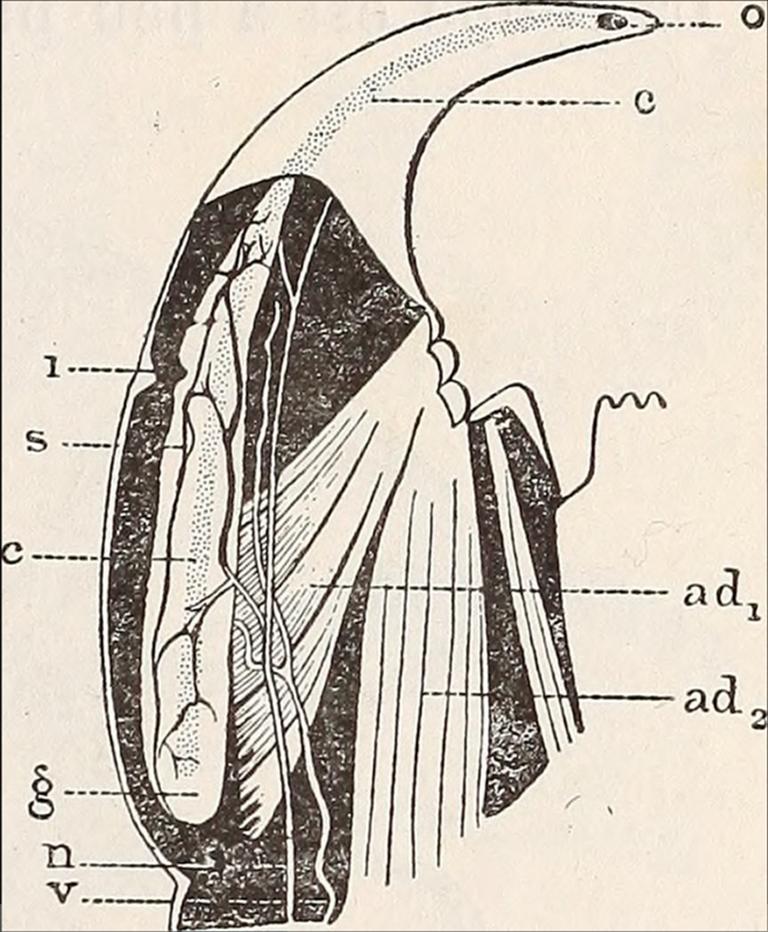
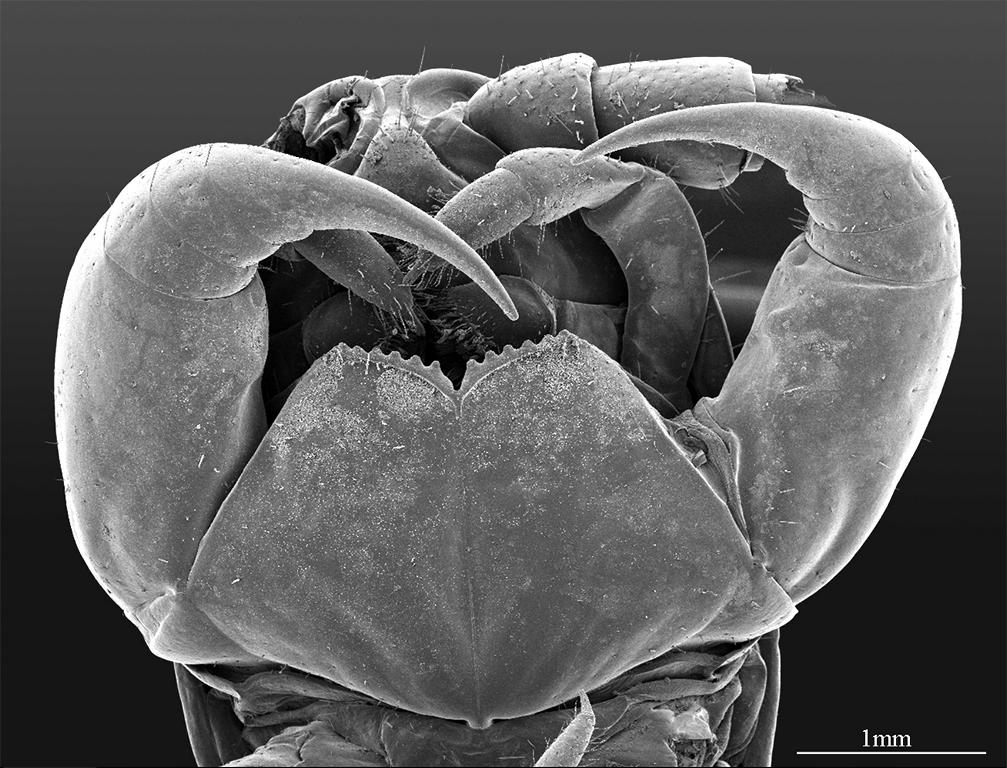
The venom of centipedes is known to be unique in the animal kingdom. It contains toxins disrupting the victim’s cardiovascular, respiratory, muscular, and nervous systems. According to an article on Chemistry World, the venom contains a peptide now scientifically known as “Spooky toxin” (SsTx), which is responsible for the rapid and deadly effect on vertebrate prey. In the case of human beings, centipede bites can cause acute hypertension, obstruction of blood flow to the heart, necrosis, and, in rare cases, even death.
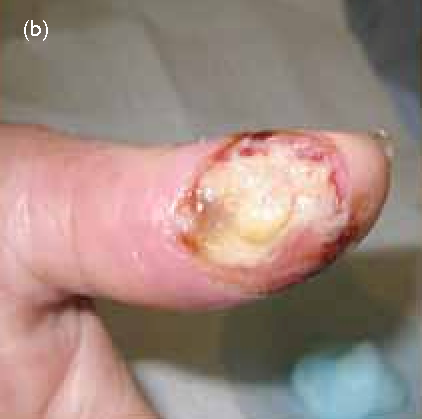
The venom glands of the centipedes are located in their front pincers, as shown in the figure above. Therefore, the front pincers and the connecting plate must be removed to make centipedes safe for consumption.
Preparation of centipedes for eating
In Lijiang, the local cuisine features a traditional centipede snack called “Chuan Bei”. This is made from the Chinese redhead centipede (Scolopendra subspinipes mutilans). This particular species of centipede is native to China and Southeast Asia and is recognized for its large size, ranging from 10 to 20 centimeters in length, and its venomous bite. The centipedes are usually harvested during the summer and early fall in the surrounding forests when they are most active.
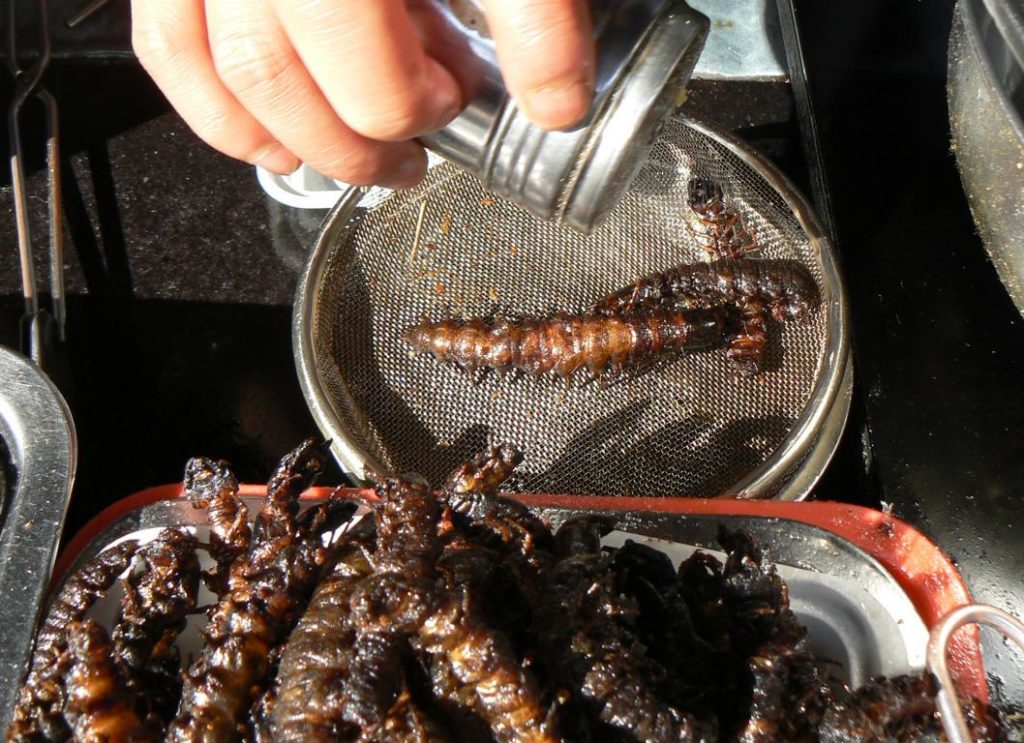
First, live centipedes are submerged in boiling water for several minutes. This process kills the centipedes and loosens their exoskeletons, making them easier to handle. Next, the centipedes are removed from the boiling water and cooled. Once they are cool enough to handle, their exoskeletons are carefully removed, and their venom glands are manually extracted. After the venom glands are removed, the centipedes are thoroughly washed to remove any remaining venom or toxins.
Finally, the centipedes are cooked using traditional methods, such as stir-frying with garlic, ginger, and other spices until they become crispy. This “Chuan Bei” snack is typically served as an appetizer or snack with chili and Sichuan peppercorns.

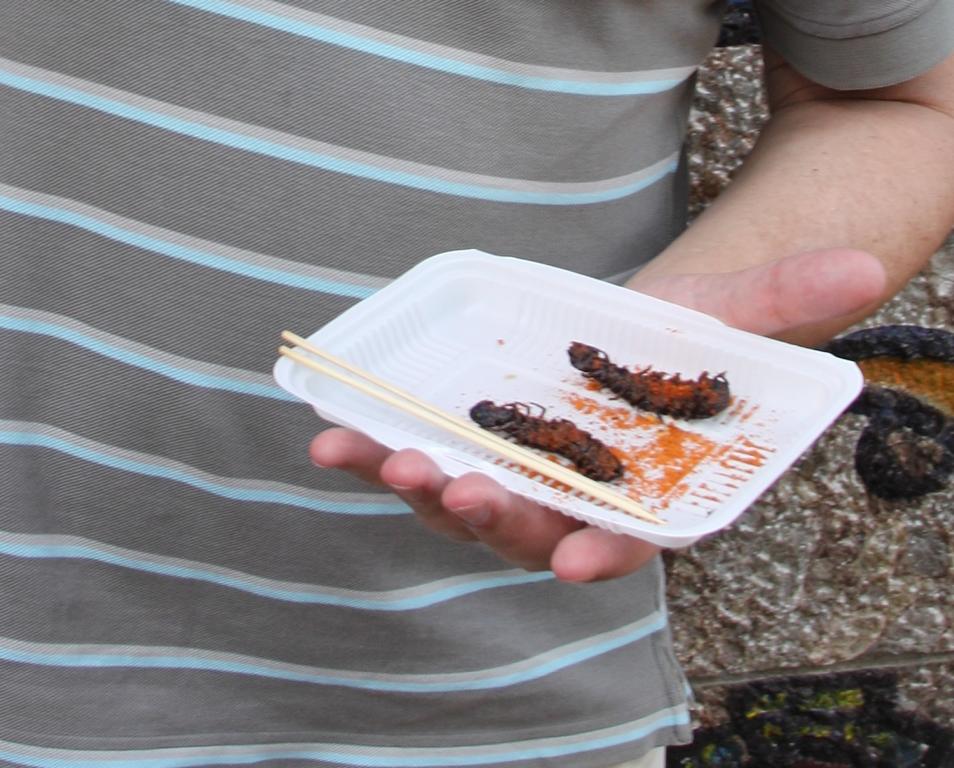
Nutritional value
According to this article, ‘…Nutritional analysis on the S. s. mutilans species found, that it is high in crude protein (around 55%) and fat (around 26-30%). Essential amino acids were present, and glutamic acid was the centipede’s most common nonessential amino acid. Unsaturated fatty acids were also found, with oleic acid being the most common (around 41-48%)….’

On the other hand, eating centipedes, especially in large amounts or without proper preparation, can be dangerous. They are venomous and can cause severe allergic reactions. In 2021, a novel allergen was found in S. subspinipes mutilans, the first allergen identified for a centipede. This allergen (Sco m 5) promotes the degranulation of mast cells, associated with too much fluid in the lungs.
Lessons learned from eating centipedes:
- The ‘Chinese redhead centipede’ is a preferred food among the Naxi people in Yunnan province, P.R.C.
- During evolution, centipedes transformed their front legs into pincers that contain venom glands. These glands produce a highly potent venom for vertebrates.
- When preparing ‘Chinese redhead centipedes’, these venomous pincers are removed by hand.
- The centipedes are then stir-fried until crispy and are a popular snack in Lijiang city.
- This species of centipede contains approximately 55% protein and around 28% fat. However, it may also trigger allergies in some individuals.
.



